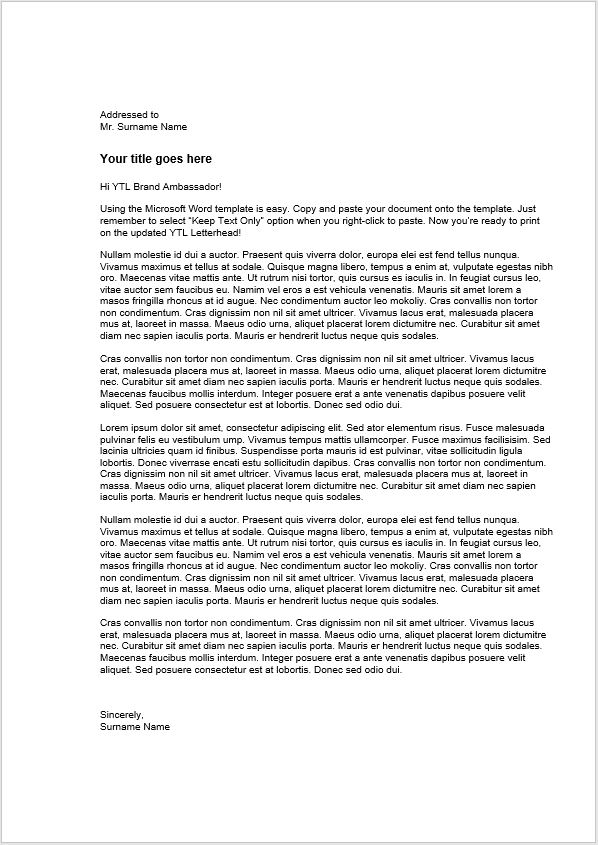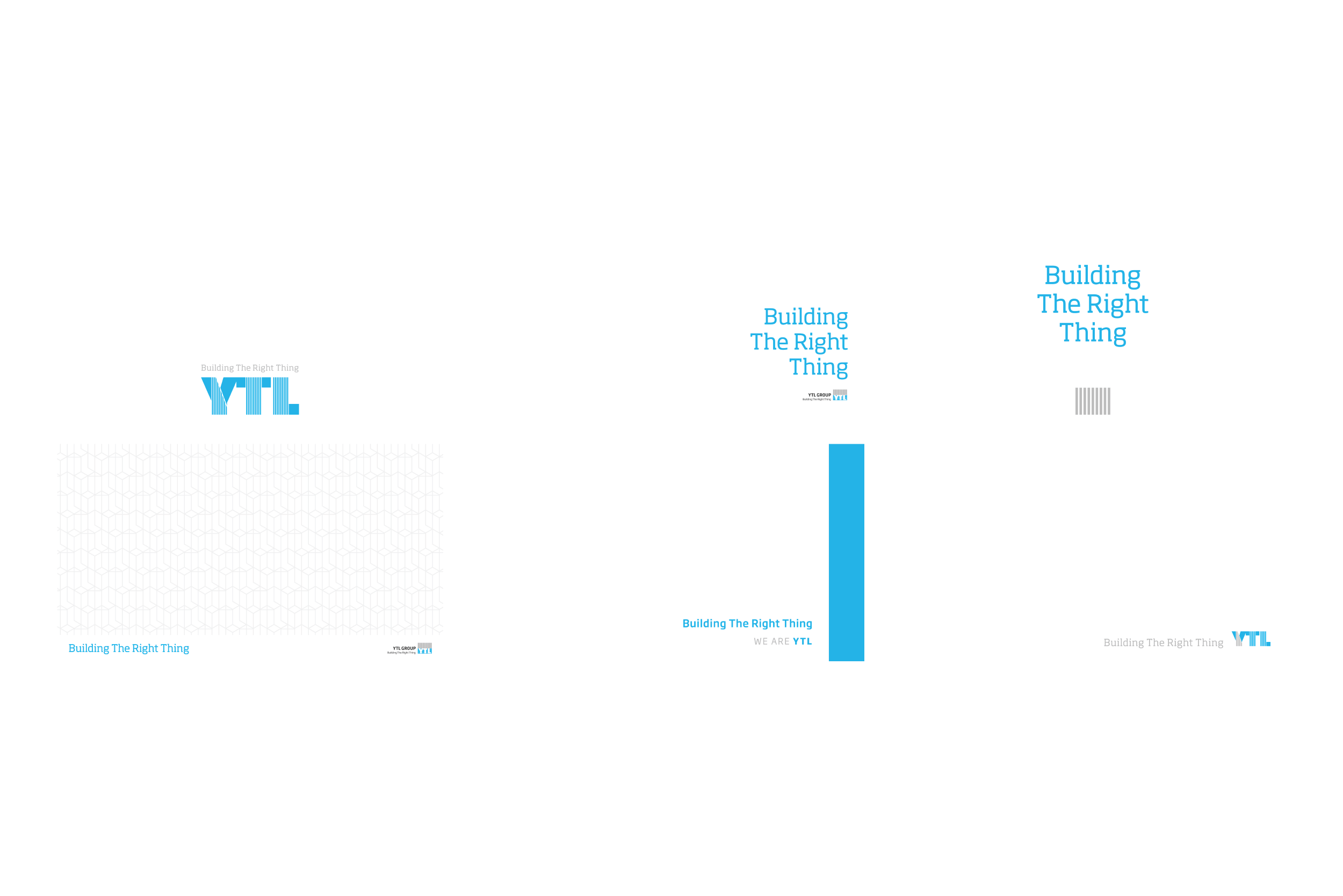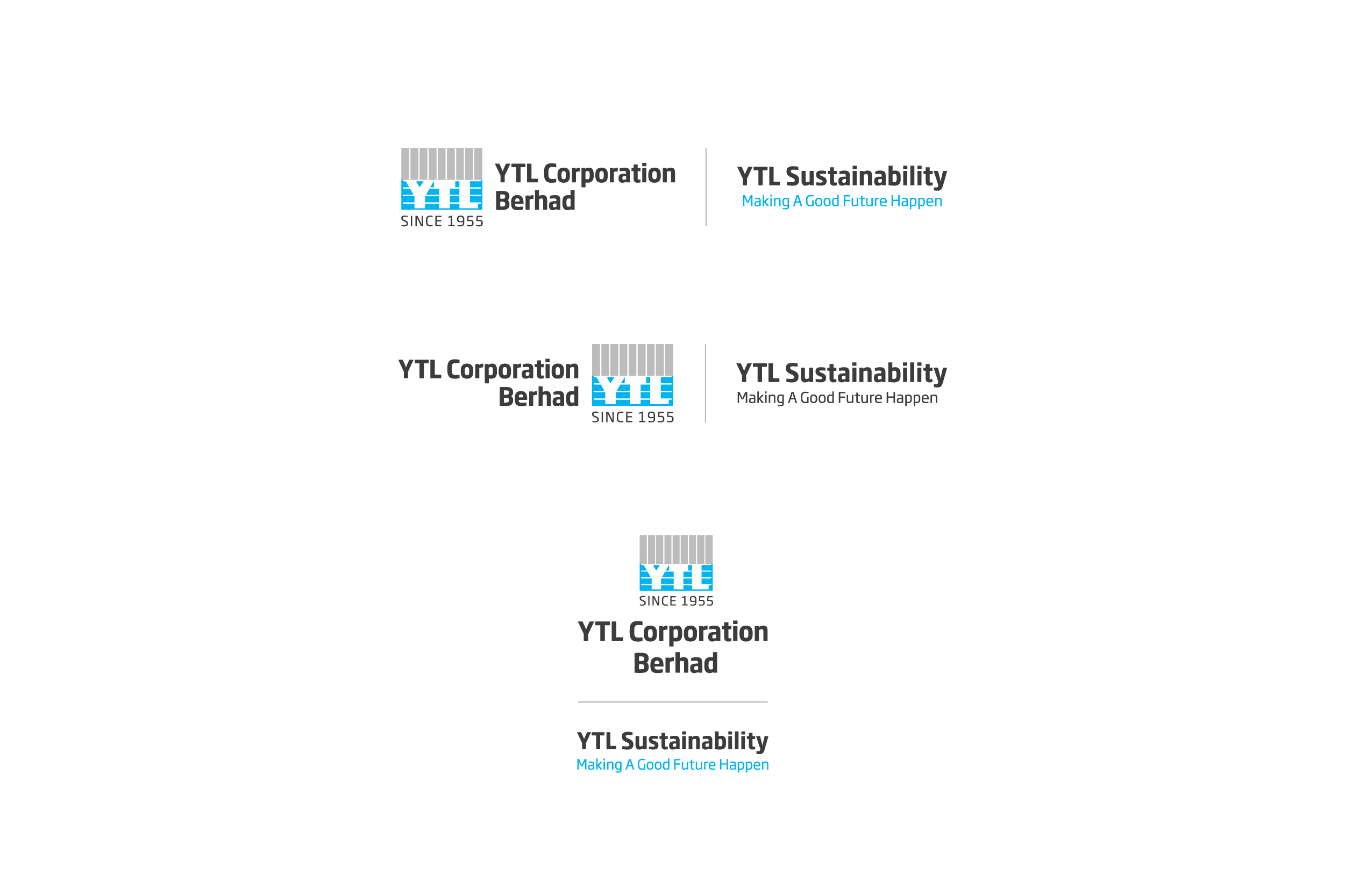by Caryl Teh
Whether you’re a manager or just a regular member of your team, we all know this — our team is happier, more engaged, and does our best work when we have a healthy and supportive work environment. But having to work so far away from each other makes it a whole lot more difficult to create or continue developing that environment. And with the added stress of uncertainty and being closer to family or feeling more isolated from friends, things can turn toxic quicker than we realise.
We want to prevent that from happening. So here are some indicative signs to look out for that your work culture is inching into toxic territory, and what you can do about it before it causes serious problems.
1. Team Members Are In Constant Conflict
Every team has an occasional conflict or disagreement; it’s part of working collaboratively. But if blaming and finger-pointing are becoming an everyday commonality, that’s a red flag. A lack of trust and team members defending what’s best for themselves rather than the team as a whole can push the team to the point where they’re more invested in the drama (a.k.a. office politics) than the work.

What You Can Do About It:
(1) Identify the cause
Spend some time observing and interacting with your team. Try to identify how and why conflict arises. The more time your team spends together, the better you’ll be able to pinpoint the source of conflict, and the better you’ll be able to manage it.
(2) Set clear expectations
If the main source of conflict is that your team doesn’t know who is supposed to do what next and how, it might help to set clearer processes and workflows. Make sure all team members know who is responsible for what at the onset of a project.
(3) Consider personalities
If you have two teammates who have a major personality clash, and no matter how hard they try, they just can’t seem to cooperate, consider assigning those employees to separate projects. Minimising the amount of time they need to work together will minimise the impact their conflict has on the rest of the team.
2. Results Are Valued More Than People
Producing results is an important part of running a sustainable business. But it should not come at the expense of forcing your team to work unrealistic schedules. That’s a recipe for burnout.

What You Can Do About It:
If you realise your culture is too results-oriented, it’s important to take steps to bring things back into balance. Some things you could try:
(1) Be more intentional about empowering employees
(2) Provide more recognition
(3) Ensure that expectations are reasonable
(4) Develop emotional intelligence together
(5) Make sure that there is adequate focus on relationships and not just results
3. A Lack Of Psychological Safety
One of the most obvious signs of a toxic work culture is when team members are afraid to speak their minds, make mistakes, or be authentic. Basically, a lack of psychological safety. It makes innovation impossible. And eventually, they’re going to get tired of walking on eggshells all the time.
What You Can Do About It:
If you want your team to feel safe and comfortable at work, you need to foster an environment that supports that safety and comfort.
(1) Get some feedback
Ask your team for feedback on ways you can better support them. Listen, support, and celebrate those ideas, even if they’re challenging to hear.
(2) Create a safe space to grow
Schedule a monthly “mistakes” meeting, where team members can talk about any mistakes they’ve made over the previous month, what they learned, and how those mistakes can support the growth and evolution of the team. As a leader, sharing your own mistakes can be a powerful way to make your team feel safe and comfortable doing the same!

4. Team Members Spewing Negativity
If you want to repair a toxic work culture, it’s not enough to just address toxicity at a cultural or organisational level; you also need to address it at an individual level. If a team member is spreading gossip or always complaining, these negative attitudes can drag down the morale and productivity of the entire team.
What You Can Do About It: Have A 1:1
As a team leader, it might help to take the first step of beginning the conversation with them about their behaviour. Share with them how their negativity is impacting the workplace, take time to find out why they behave that way, then work with them to set a development goal related to that behavior. For example, action steps that they will take to address it.
5. A Lack of Care in Leadership
Let’s say you have a leader who raises their voice at people when they’re having a bad day. Not only will that yelling make for an uncomfortable work environment, but other team members might start to do the same.
Of course we’re not saying that all leaders should be perfect. In fact, leaders often face much more stress because they have to manage not only their own work, but also their team, and often their clients or the next boss up the organisation’s hierarchy. That said, we can’t escape the fact that the team leader often sets the direction of the team’s culture.
What You Can Do About It:
Your team will find it much easier to grow a positive team culture when they see their leader working with a positive attitude as well.
If you as a leader notice your team is working around the clock and quickly approaching burnout as a result, set a firm end time each day. Get everyone on board to respect that end time as much as possible by not messaging or emailing each other about work during off-hours.
Hopefully these strategies will help you identify and address any (potential) toxicity in your team, and get you back on track to building a healthy and supportive work environment. Remember, we’re all stronger & produce better work together!

Source:
Trello








